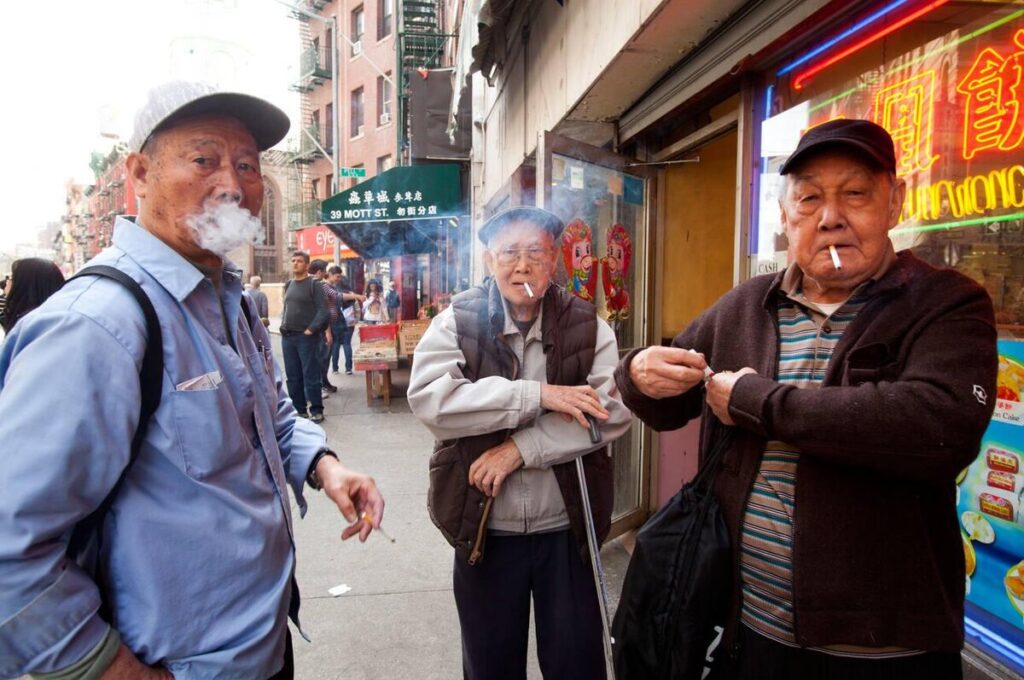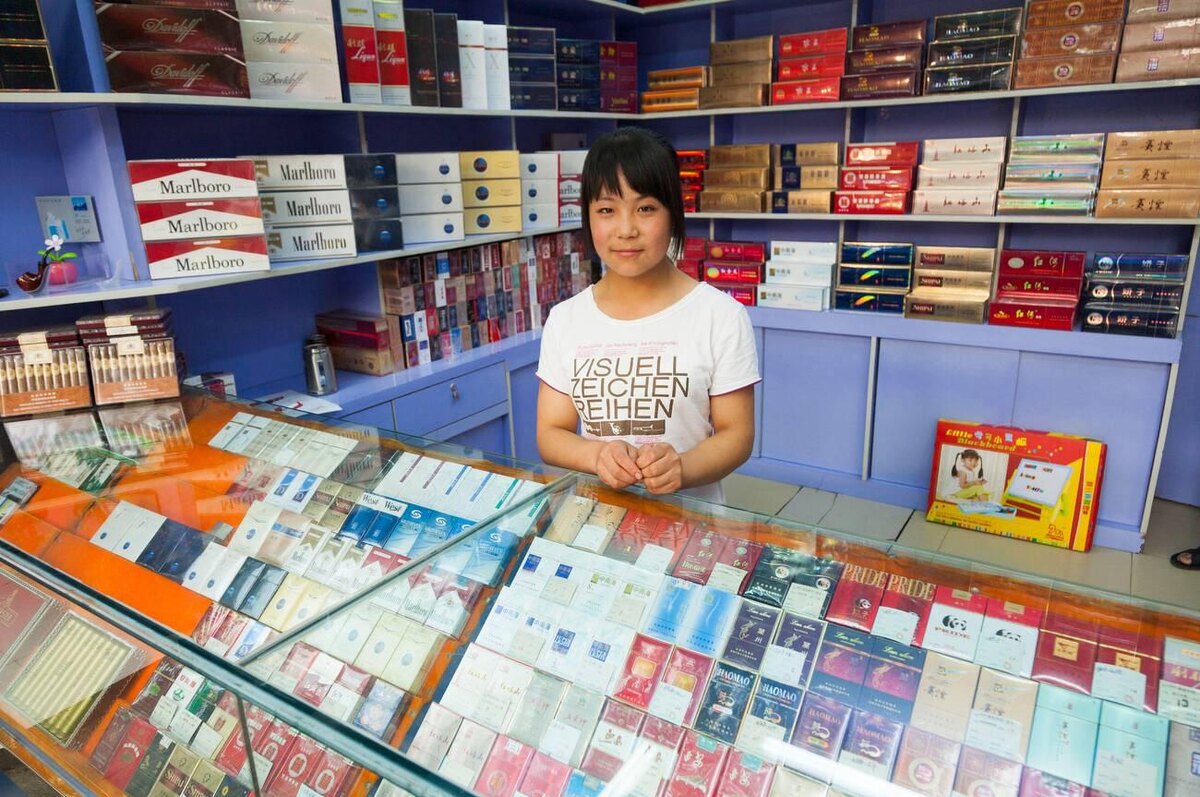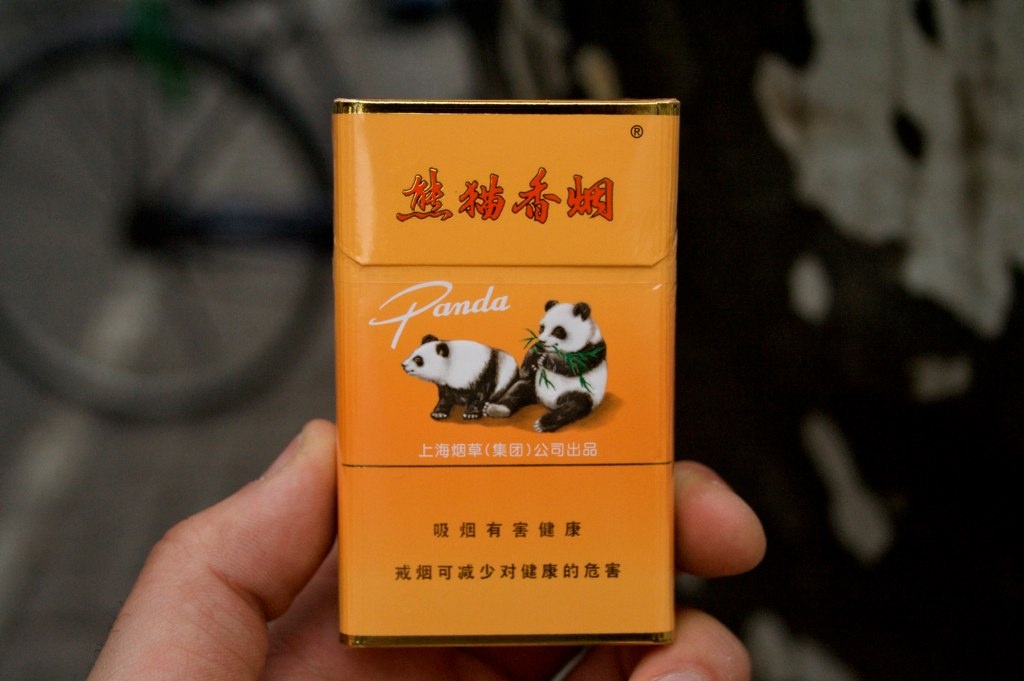What Are China’s Smoking Rules? The Most Expensive and Popular Chinese Cigarettes

Picture a business meeting somewhere in Beijing. A few respected men sit around a table, porcelain teacups in hand, when a pack of cigarettes—clearly not cheap—appears as naturally as a glass of wine might at a Western negotiation. In China, cigarettes aren’t just a habit or a pleasure. They’re a sign of status, respect, and a way to signal how you feel about the person across from you.
How Tobacco Became Part of Chinese Life
Tobacco reached China about five centuries ago, brought by traders from the Philippines. Smoking quickly became common across social classes. Many people believed tobacco protected against illness and kept smoking even when common sense said to quit. Imperial bans didn’t work. Smoking took root in China and never let go.
Over time, the habit evolved into a culture. People smoked during tea ceremonies, at negotiations, and while traveling. Today, China remains the world leader by number of smokers. Rough estimates say around 300 million Chinese light up daily—nearly a quarter of all smokers on the planet.
Rules and Bans: Strict on Paper
Cigarettes are widely available in China—even in vending machines next to soda. Packages typically don’t carry large graphic warnings like those mandated in the European Union; compared with U.S. packs, Chinese designs often look less caution-heavy.
That said, there are restrictions. In Beijing, Shanghai, and Shenzhen, smoking in public places has long been banned. On paper, violators can face fines—from around 50 yuan for individuals to 30,000 yuan for businesses. In practice, enforcement varies by region. Big cities have inspectors who may issue penalties; in smaller towns and the countryside, people smoke almost anywhere—sometimes even in elevators. This duality captures China’s reality: the law exists, but smoking culture is stronger.
Chinese Cigarettes as a Status Symbol
In China, cigarettes are also gifts. Offering a premium brand can matter more than a business card—or even expensive tea. The brand itself is crucial: it signals income level and the respect you’re showing your counterpart.

Premium Chinese cigarettes like Panda or Huang He Lou 1916 are often gifted at weddings, when closing deals, or whenever you want to express special favor. More affordable brands like Shuang Xi or Zhongnanhai are popular with millions of everyday smokers.
The Most Expensive and Hard-to-Find Brands
Panda is arguably the most recognizable premium label. These cigarettes became famous thanks to Deng Xiaoping, who reportedly smoked them. The pack uses only top tobacco leaf. The filter is elongated, giving a sharp flavor with a herbal note. The pack is bright orange and features two pandas—simple and brilliant symbolism. The panda is the national animal and a sign of goodwill and friendship.

Inside, though, the tobacco is anything but “gentle”—rich, slightly dry, with notes of herbs and spice. Many collectors even keep the empty packs as souvenirs because the design is so iconic. Price: about 80–100 yuan (roughly $11–$14), with limited editions reaching up to 150 yuan (about $21).
Huang He Lou 1916 sits at the very top of Chinese tobacco. These are hard to find even if you have the money. The blend uses tobacco aged for several years to develop a smooth, lingering taste. It opens slowly—like a fine red wine—with subtle woody and wine-like tones.

The pack is beige and understated, featuring the legendary Yellow Crane Tower. The filter is finished with gold “foil.” They’re giftable like rare cognac, and the price reflects that: 220–250 yuan (roughly $30–$35). Gift blocks in wooden cases are valued even higher—no longer just cigarettes, but genuine luxury items.
Baisha Harmonization is a premium brand with a modern face. These slim cigarettes, in a burgundy-wine pack, evoke expensive silk. Inside is a blend of tobaccos from China, Brazil, and Zimbabwe. The taste is soft yet dense, with sweet-bitter notes—like dark chocolate with pepper. They appeal to those who prefer nuanced aroma and style over brute strength. They’re often chosen by younger businesspeople who care about both habit and image. Price: 120–150 yuan (about $16–$21).
Mid-Range Cigarettes
Shuang Xi (“Double Happiness”). Red packs with gold characters are commonly used as wedding gifts—symbolism matters enormously in China. Flavor-wise, they’re heavy and sharp with thick smoke. They contain more tar and nicotine than many Western smokers are used to, so visitors from abroad often don’t finish a single cigarette. Favored by older smokers and those who appreciate classic strength.
Chung Hwa is a prestige brand. The bright red pack features the Forbidden City—the heart of imperial China. These cigarettes have become something like Beijing’s calling card. The taste is full and saturated, with hints of plum. The smoke is dense and lingering—what many Chinese consider “proper tobacco.” They’re pricier than standard options, starting around 30 yuan (roughly $4).
Zhongnanhai is a gentler choice popular among younger smokers and many women. The white pack with blue elements looks restrained but stylish. The taste is slightly sweet, the tobacco mild, the aroma light. Tar is minimal and nicotine nearly absent, making them easy to smoke. There’s a popular legend that they were developed for Mao Zedong, though that’s impossible to prove now. At 30–40 yuan, they’re accessible without feeling basic (about $4–$6).
Budget Segment: For the Locals
China also has plenty of simple, inexpensive brands. You can find packs for 5–10 yuan—true “people’s” products (roughly $0.70–$1.40).
Ligun is a typical representative of low-cost Chinese cigarettes. They’re smoked on construction sites, in villages, and by laborers. The packaging is unassuming and the taste straightforward: rough, strong, distinctly bitter. But they have a loyal following. They’re honest and unpretentious, and people in the provinces value them for exactly that. Tourists rarely get recommended these, but for many Chinese they’re part of everyday life.
Flavor and Aroma of Chinese Tobacco
Chinese cigarettes are usually richer than Western ones. Profiles range from the slightly sweet Zhongnanhai to the herbal Panda or the dry, chocolate-tinged Baisha Harmonization. Much of that character comes from tobacco grown in Yunnan and Sichuan under distinctive climate conditions.
That’s also why imported cigarettes are rarely popular in China. Many consider them “chemical” and too light, while local tobacco is seen as the real deal—earthy, sun-drenched, and aromatic.
China and Cigarettes: A Cultural Paradox
It’s a fascinating contradiction: a country that officially fights smoking remains one of the biggest tobacco producers and consumers in the world. In China, smoking is still perceived as part of culture—an element of socializing and respect.
Even today, cigarettes aren’t just a habit there. They’re a language of symbols, gifts, and status. The question is whether Panda, Chung Hwa, and Zhongnanhai can hold their place with the next generation—or whether, in a couple of decades, people will look at them with the same soft nostalgia many feel for long-gone mid-century brands.
Bottom line
Cigarettes in China function as more than a product—they’re cultural currency. From premium gifts like Panda and Huang He Lou 1916 to everyday picks such as Shuang Xi and Zhongnanhai, the brand you offer can communicate status and respect as clearly as any handshake or business card.
Disclaimer: This article is for informational purposes only and is intended for adults 21+. Smoking is hazardous to your health. If you smoke, consider quitting; if you don’t, don’t start.

